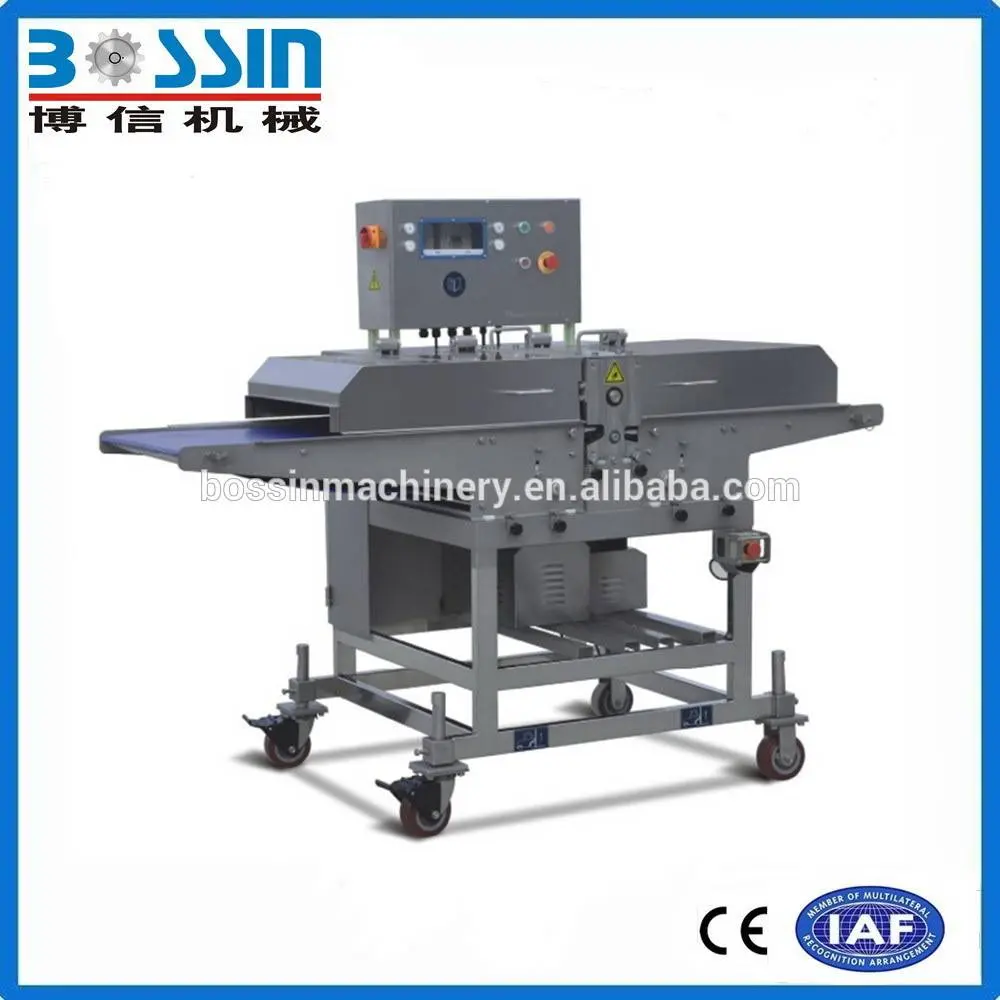
វិច្ឆិកា . 29, 2024 13:12 Back to list
Essential Components for Vacuum Fillers in Food Processing Equipment
Understanding Vacuum Filler Parts Essential Components for Efficient Operations
Vacuum fillers are crucial machines in the food processing and manufacturing industry. They are primarily used for filling sausages, pastes, and other semi-solid products into casings, containers, or other packaging materials. The efficiency and reliability of a vacuum filler hinge on its various parts, each designed to perform specific functions. In this article, we will explore the essential components of vacuum fillers and their significance in ensuring optimal performance.
1. Hopper The hopper serves as the initial reservoir for the material to be filled. This component is designed to hold a sizable quantity of the product, allowing for continuous processing without frequent interruptions. Hoppers are typically built with a sloped design to facilitate the smooth flow of materials into the filling mechanism. Some hoppers also come equipped with agitators to keep the product well-mixed, particularly when dealing with thick pastes or chunky mixes.
Understanding Vacuum Filler Parts Essential Components for Efficient Operations
3. Auger In many vacuum fillers, an auger is integrated to aid in the precise metering of the product. This component is crucial for applications requiring specific quantities and weights. The auger's design allows for adjustable speed, enhancing versatility for various products—from viscous sauces to ground meats—ensuring that the right amount is delivered every time.
vacuum filler parts

4. Vacuum Chamber At the heart of a vacuum filler lies the vacuum chamber, where the filling process actually takes place. This chamber creates a vacuum environment that reduces air content around the product, enhancing the shelf life and preserving the quality of food items. The vacuum system ensures that the product is packed tightly without the presence of air, which can lead to spoilage.
5. Filling Valve The filling valve is another critical component, responsible for controlling the flow of the product into its final packaging. Depending on the design, filling valves can be rotary, pneumatic, or lever-operated. Their precision is vital in achieving the desired fill level, while also preventing leaks and drips that could waste product and compromise cleanliness.
6. Control Panel and Automation Modern vacuum fillers often come with advanced control panels that allow operators to set parameters such as filling speed, product consistency, and vacuum levels. As automation becomes increasingly prevalent in manufacturing, these panels can simplify operations, allowing for greater efficiency and consistency in the filling process.
7. Sealing System Finally, the sealing system ensures that once products are filled, they are securely closed to prevent contamination and spoilage. Depending on the packaging type, sealing mechanisms can include heat sealers, pressure sealers, or clip systems. The integrity of the packaging plays a crucial role in maintaining the freshness of the product.
In conclusion, the parts of a vacuum filler work in concert to ensure efficient and reliable operations in the food processing industry. Understanding these components can provide valuable insights for manufacturers looking to optimize their filling processes. Whether dealing with sausages, sauces, or other viscous products, a well-maintained vacuum filler equipped with high-quality parts can significantly enhance productivity and product quality, ultimately leading to greater customer satisfaction.
Latest news
-
Pneumatic Clipping Machine - Shijiazhuang Bossin Machinery Equipment Co., Ltd.|precision and efficiency&sausage production line
NewsAug.12,2025
-
Pneumatic Clipping Machine by Shijiazhuang Bossin Machinery Equipment Co., Ltd.-Precision&Efficiency
NewsAug.12,2025
-
High-Capacity 620 Meat Pump for Efficient Industrial Processing
NewsAug.12,2025
-
Pneumatic Clipping Machine - Shijiazhuang Bossin Machinery Equipment Co., Ltd.|Automated Sausage Production&Meat Processing Equipment
NewsAug.11,2025
-
SG Pneumatic Sausage Filler: Efficient, Reliable Meat Stuffing
NewsAug.11,2025
-
Pneumatic Clipping Machine: Precision & Efficiency for Sausage Production | Shijiazhuang Bossin Machinery Equipment Co., Ltd.
NewsAug.11,2025